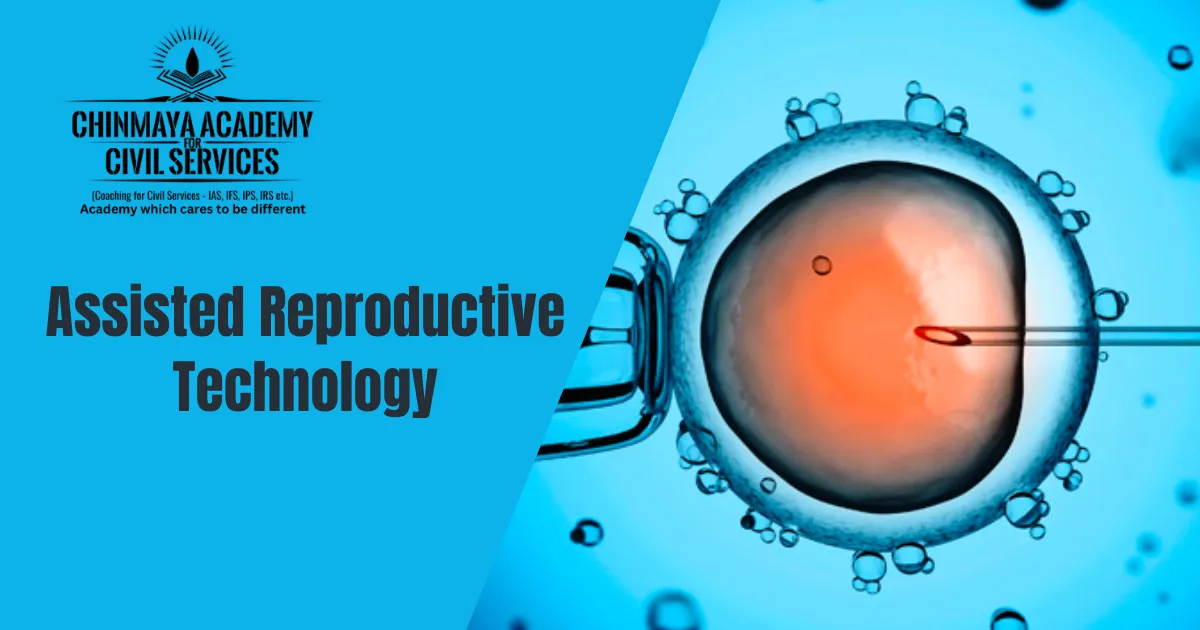
Assisted reproductive technologies (ART), by the American Center for Disease Control (CDC) definition, are any fertility-related treatments in which eggs or embryos are manipulated. It involves procedure that involves retrieving eggs from a woman’s ovaries, fertilizing them with sperm in a laboratory, and then transferring the resulting embryos back into the woman’s uterus or donating them to another woman. ART is used to treat infertility and help people with fertility problems conceive.
Techniques used for assisted reproduction
1. Intrauterine insemination [IUI]
- This is the first line of treatment for patients.
- The semen preparation is done on the day of IUI and is inseminated in the uterine cavity by a specialized catheter.
2. In-vitro fertilization [IVF]
- It is the most simple, safe, effective and affordable technique.
- Oocytes are aspirated from the ovary of female partner and semen sample is procured in the lab by male partner. The fertilization is done outside in the lab where thousands of vital motile sperms are place together with oocytes for successful fertilization.
- The resulting embryos are cultured and best growing ones are used for transfer in uterus for conception.
3. Intra Cytoplasmic Sperm Injection [ICSI]
- It is an advanced technique where instead of mixing sperm and oocyte in lab, a single sperm is directly injected into one mature oocyte.
- After IVF/ICSI is performed, successful fertilization is confirmed by the presence of two nucleus on next day.
- By the third day it develops into an embryo with 6-10 cells in it. These embryos are cultured further till day 5/6 before transfer.
- Embryo transfer is done with a specialized catheter at this stage and if successful then implantation will occur within 1 or 2 days of transfer.
5. Gamete intrafallopian transfer [GIFT]
- This is a three-step procedure that involves removing the eggs, combining them with sperm, and immediately placing them in the fallopian tubes, where the egg is fertilized.
- GIFT is an option only if the woman has a healthy uterus and fallopian tubes.
- This method helps avoid fertilization outside the human body.
6. Zygote intrafallopian transfer [ZIFT]
- ZIFT is a procedure similar to GIFT, but the egg is fertilized in the laboratory. Then the fertilized egg (zygote) is transferred into the fallopian tubes by a laparoscopic procedure.
- It employs freezing of embryos, oocytes, and sperm at -1960C for future use.
- This technique is also useful for better planning of IVF cycles.
Preimplantation genetic testing [PGT]
This is an advanced test in which the developing embryo is biopsied on day 3 or day 5 stage and the cells are sent for testing of genetic anomalies.
The Assisted Reproductive Technology (Regulation) [ART] Act, 2021
The Assisted Reproductive Technology (Regulation) Act, 2021, aimed to regulate the functioning of assisted reproductive technology (ART) clinics and ART banks in the country. ART clinics offer ART related treatments and procedures while ART banks store and supply gametes.
Objectives
- Creation of a National Registry that will act as a central database with details of all ART clinics and banks in the country.
- It provides for establishment of national and the state ART and surrogacy boards.
- It protects the rights of the child born through assisted reproduction by deeming them as legal biological child
Surrogacy (Regulation) Act of 2022
Surrogacy is an arrangement where in the surrogate agrees to carry and give birth to a child on behalf of the intended parents/ couple. The Surrogacy (Regulation) Act aims to regulate surrogacy and ART facilities to curb unethical behaviors.
Features of the act
- According to the act, a widowed woman, a divorcee, or a heterosexual couple can avail surrogacy if they have a medical condition necessitating this option.
- The act clearly defines the criteria for eligibility of intending couple, intending woman, surrogate mother and lists medical or congenital conditions that allow a woman to opt for surrogacy.
- Further the intended couple/ parent shall not have any previous biological, adopted, or surrogate child.
- It also bans commercial surrogacy, which is punishable with a jail term of 10 years and a fine of up to Rs 10 lakhs.
- The law allows only altruistic surrogacy where no money exchanges hands and where a surrogate mother is genetically related to those seeking a child.
 Chinmaya IAS Academy – Current Affairs Chinmaya IAS Academy – Current Affairs
Chinmaya IAS Academy – Current Affairs Chinmaya IAS Academy – Current Affairs
